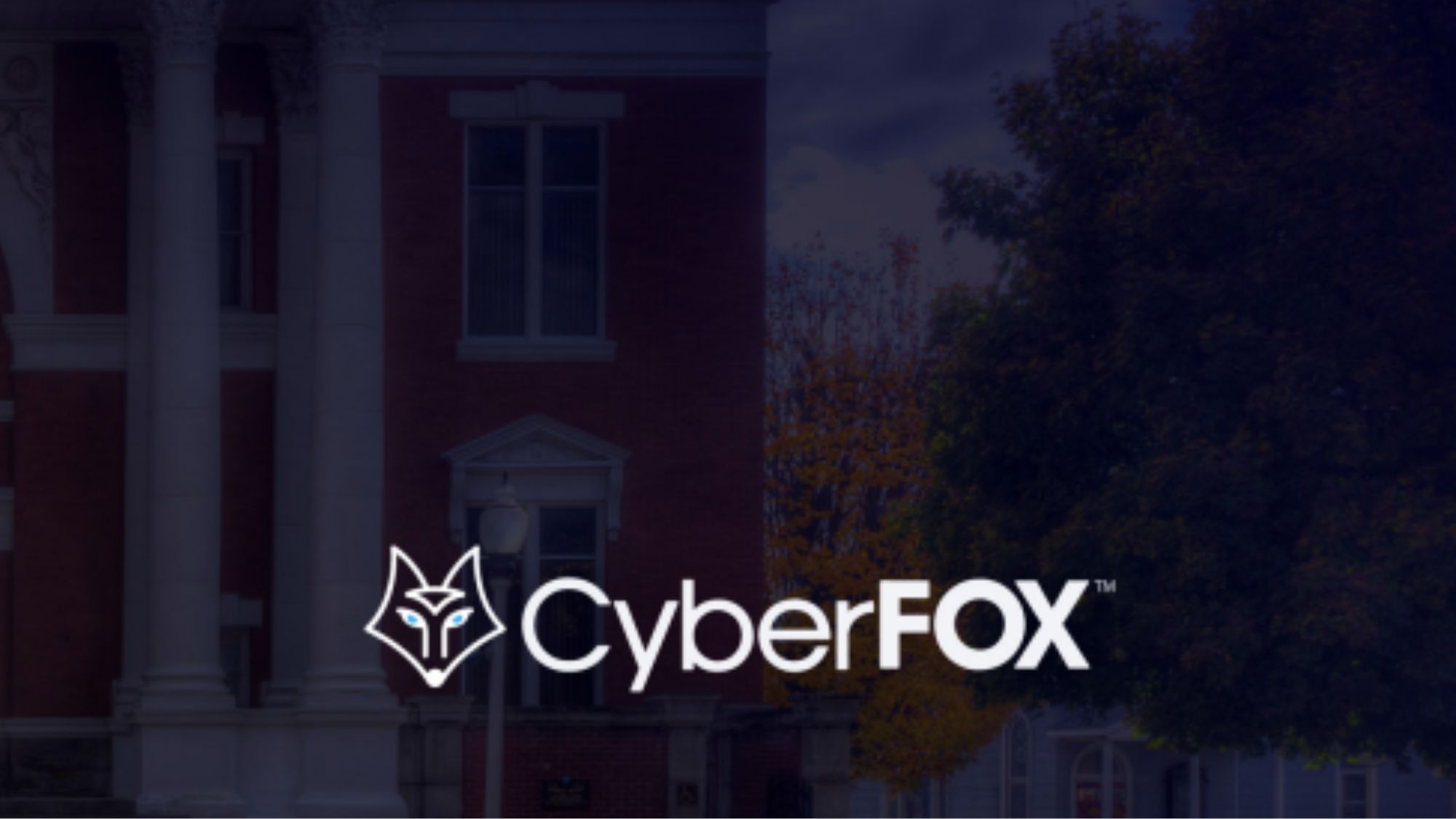What is a Neon artificial human?
Samsung’s Star Labs has unveiled a few details about its Neon artificial humans, but this isn’t Blade Runner
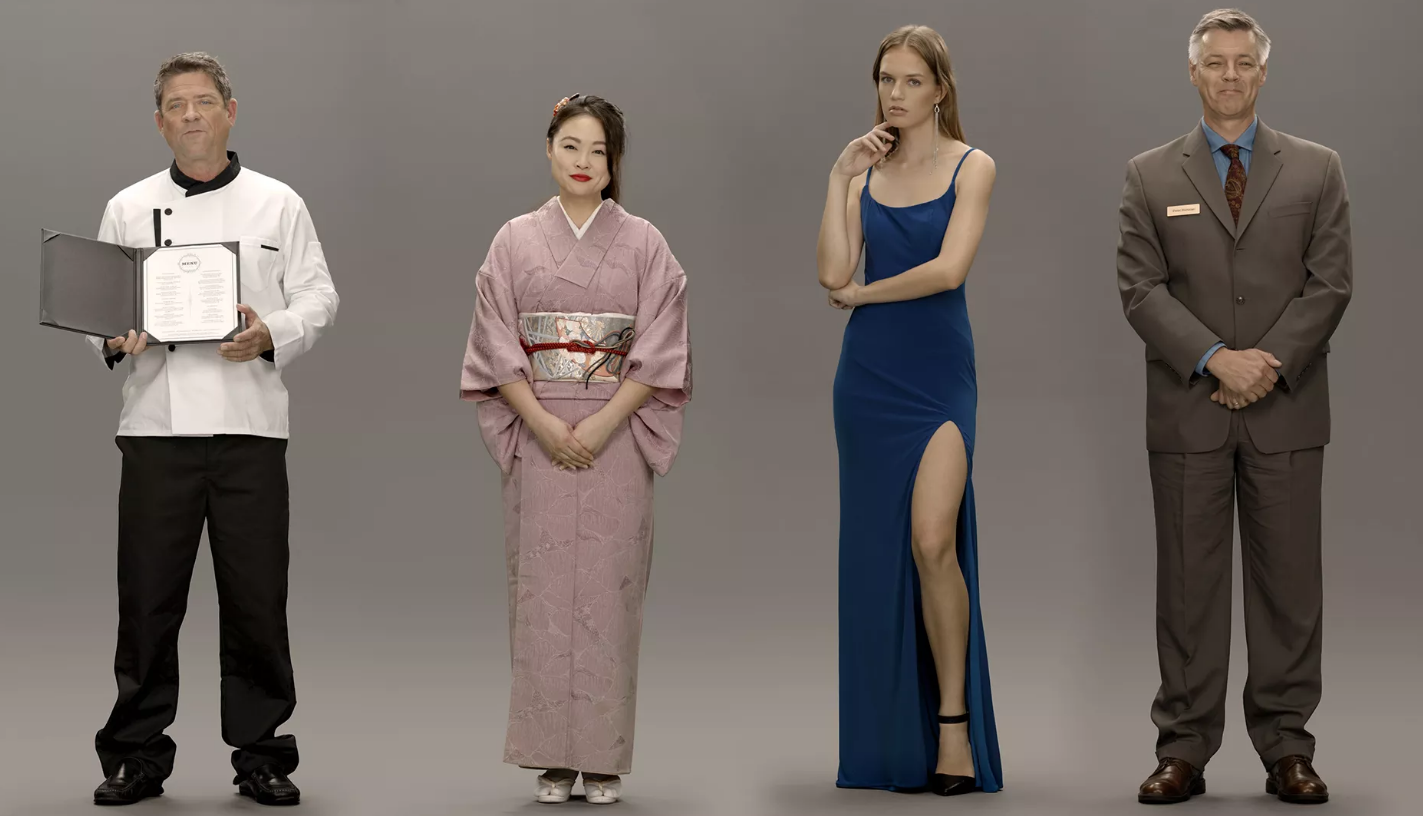

Think of an artificial human and you might start wondering whether Rick Deckard was human or a replicant. Which is arguably more interesting than what Samsung subsidiary Star Labs unveiled at the annual CES tech show in Las Vegas: Neon, its so-called artificial humans.
Lifelike robots did not run the Star Labs booth at the conference centre. Instead, it turns out “artificial human” is how to describe an avatar in a way that will guarantee annoyed journalists write about your launch, although not necessarily with kind words.
What is an artificial human?
It’s not Harrison Ford having an existential crisis about the nature of what it is to be human. Instead, Star Labs’ Neons are high-end avatars, designed to be a friendly face for chatbots, characters in games or to read out content in videos – perhaps one day graduating to digital TV presenters.
Why wouldn’t we just use actual humans?
Personally, we’d prefer human newsreaders, but as we interact more with digital services, be it voice assistants or chatbots, companies will need to give those services a face to make them easier to use. By digitally creating fake humans, companies can have their own characters to act as financial advisors, concierges or customer service representatives.
Indeed, it isn’t just Samsung’s Star Labs producing such digital humans; IPsoft’s AI helper Amelia is also getting an advanced lifelike avatar of its own, allowing for more “true to life” communication and collaboration between the machine and human workers, the company says.
What can they do?
Alongside reading out a script, these pretty bots can be deployed in a variety of ways, with Star Labs even suggesting they could replace actors or become our friends. Not only do they look realistic, but the system behind Neon can read our emotions and react to them. Their main task, however, is answering our questions, something chatbots currently struggle to achieve. These humanoid avatars are simply a whizzy interface to make talking to a machine feel slightly less strange.
How is a Neon made?
Right now, Neons are based on real people – so much for the “artificial human” claim. Star Labs captures the person’s likeness, and then uses a rendering engine paired with AI to create millions of facial expressions, gestures and responses. Eventually, Star Labs hopes that Neon avatars could be created out of nothing, with no human acting as the base model.
Get the ITPro daily newsletter
Sign up today and you will receive a free copy of our Future Focus 2025 report - the leading guidance on AI, cybersecurity and other IT challenges as per 700+ senior executives
How long until we can have our own artificial human?
Star Labs CEO Pranav Mistry explained that the demonstration at CES was only a preview, so it will be some time before the product is ready. IPsoft’s Amelia avatar is already here, but while it looks human enough and can respond via natural language processing, it’s one single digital human – and, of course, it’s designed to look like a young, blonde female; after all, what else would a personal assistant look like? Perhaps the real upside of Neon will be introducing some diversity into the world of digital humans.

Rory Bathgate is Features and Multimedia Editor at ITPro, overseeing all in-depth content and case studies. He can also be found co-hosting the ITPro Podcast with Jane McCallion, swapping a keyboard for a microphone to discuss the latest learnings with thought leaders from across the tech sector.
In his free time, Rory enjoys photography, video editing, and good science fiction. After graduating from the University of Kent with a BA in English and American Literature, Rory undertook an MA in Eighteenth-Century Studies at King’s College London. He joined ITPro in 2022 as a graduate, following four years in student journalism. You can contact Rory at rory.bathgate@futurenet.com or on LinkedIn.
-
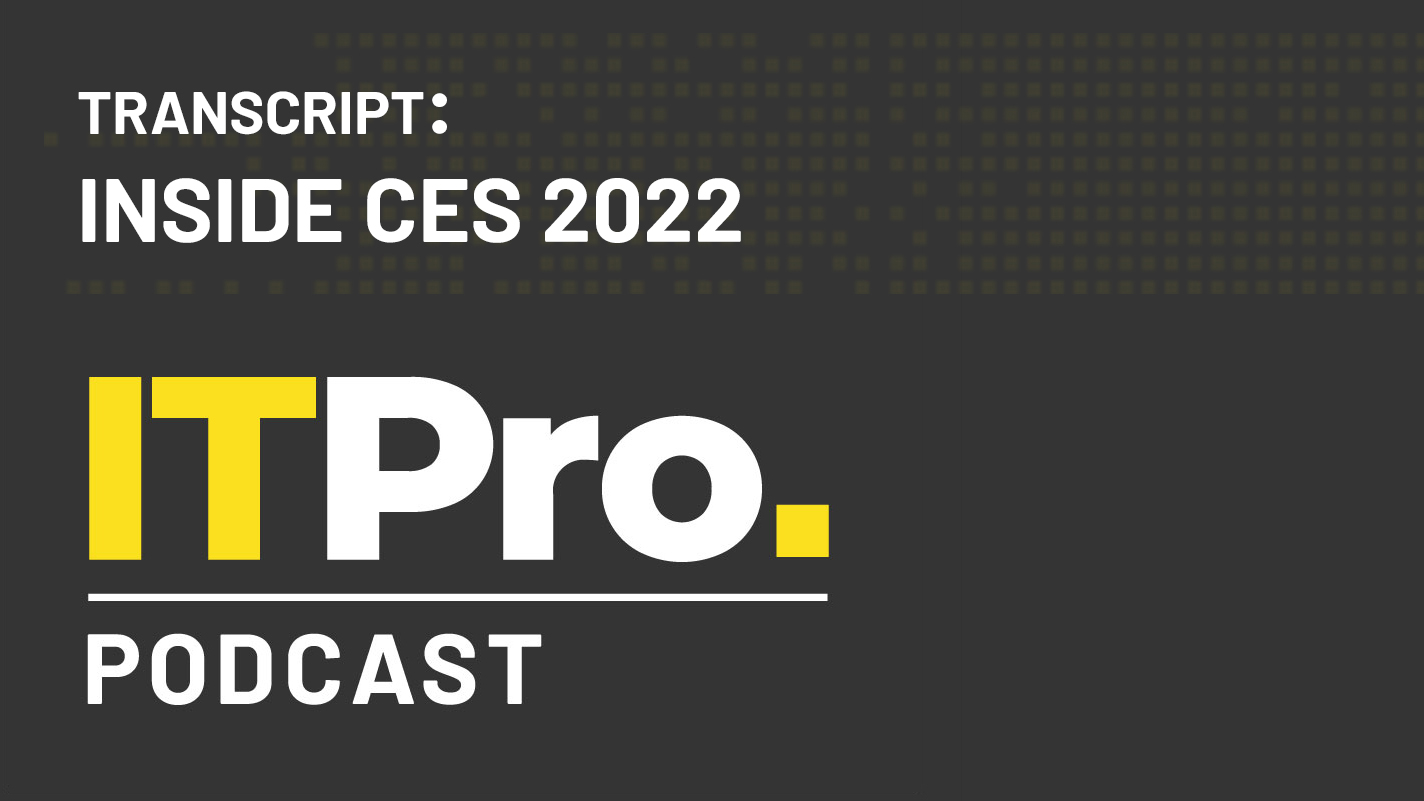 Podcast transcript: Inside CES 2022
Podcast transcript: Inside CES 2022IT Pro Podcast Read the full transcript for this episode of the IT Pro Podcast
By IT Pro
-
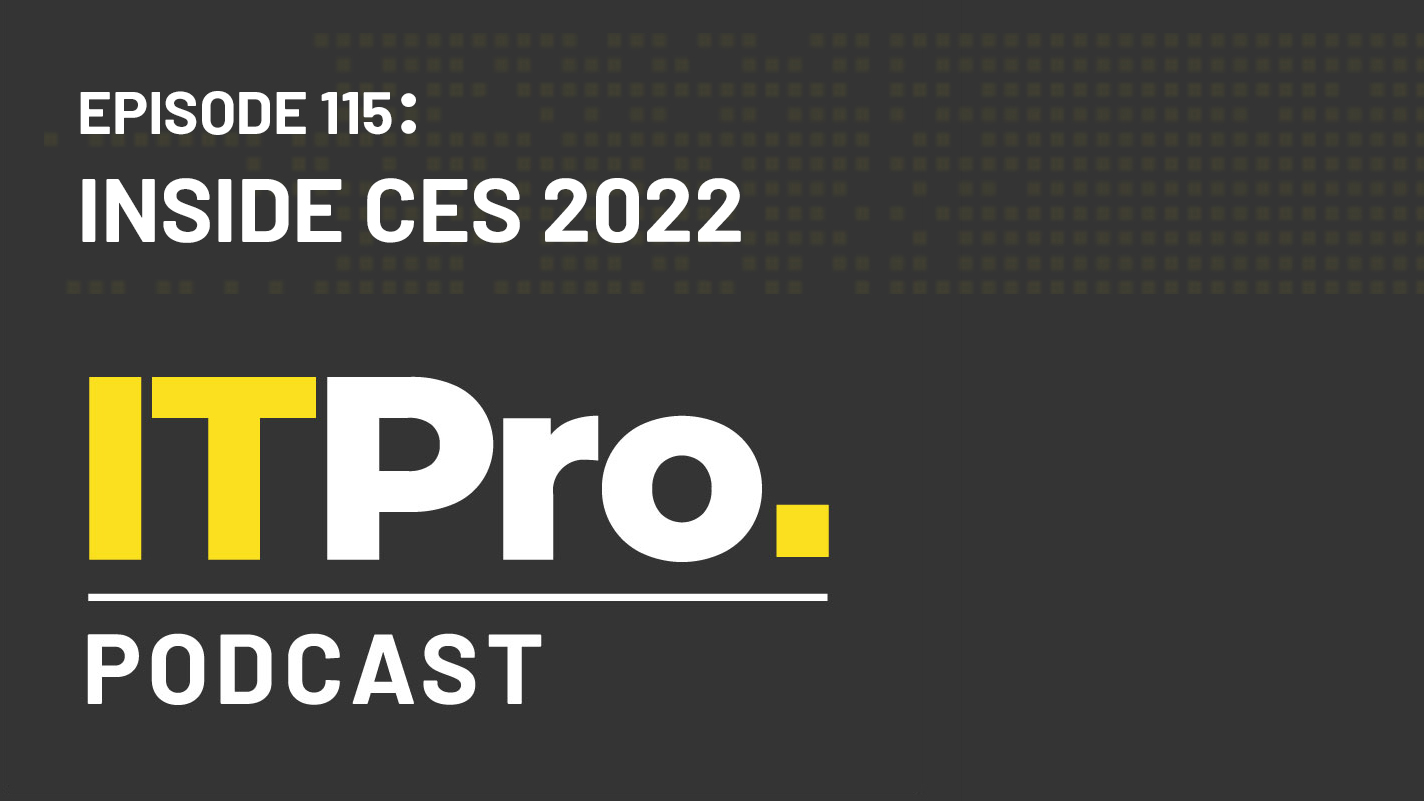 The IT Pro Podcast: Inside CES 2022
The IT Pro Podcast: Inside CES 2022IT Pro Podcast We bring you a look at some of the most interesting tech from this year’s show
By IT Pro
-
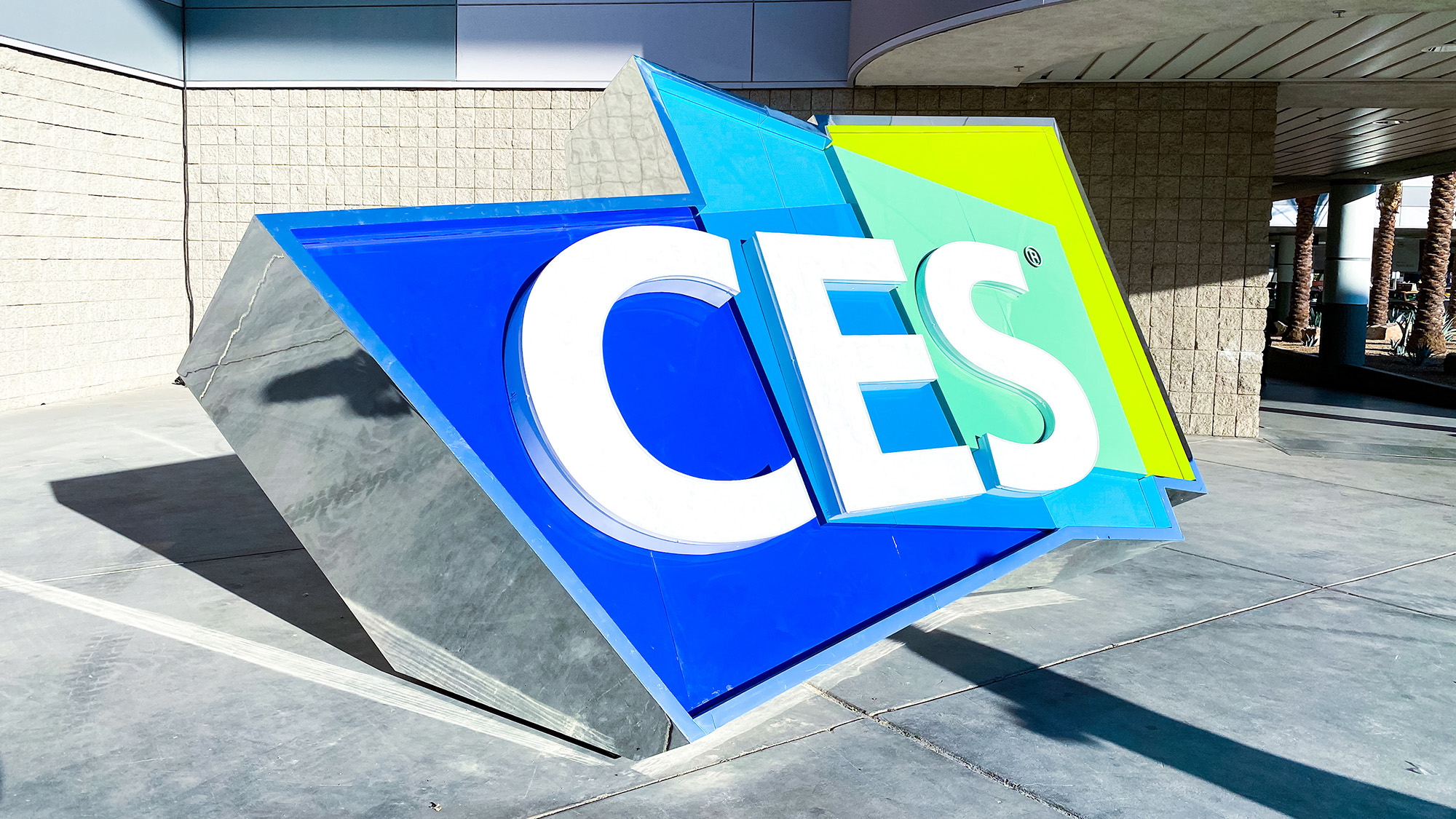 The most interesting tech of CES 2021
The most interesting tech of CES 2021In-depth While this year’s expo was much smaller than usual, there was still some interesting tech – and major announcements – on offer
By Carly Page
-
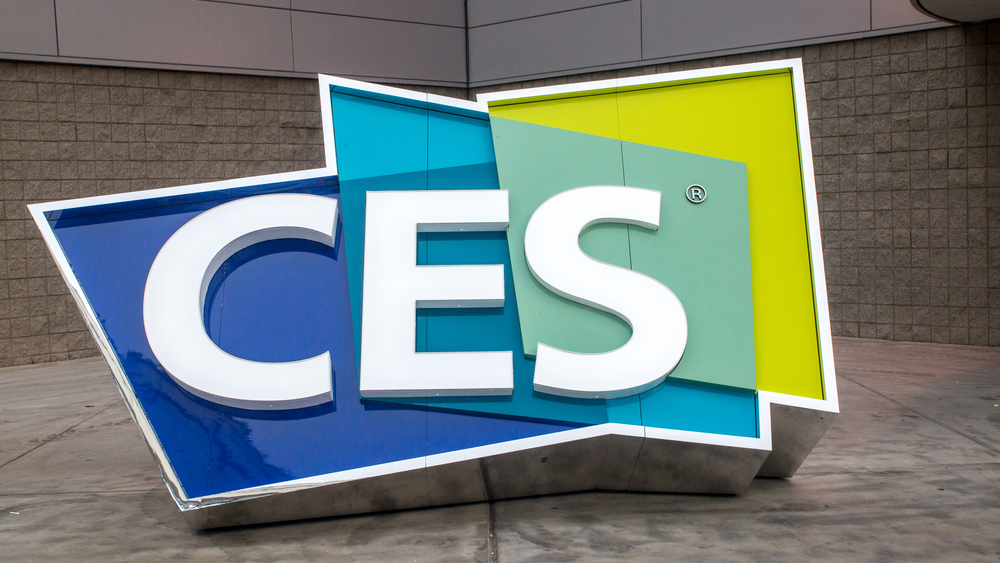 CES 2019: All the biggest announcements
CES 2019: All the biggest announcementsNews The most important news from the year's largest tech event
By Adam Shepherd
-
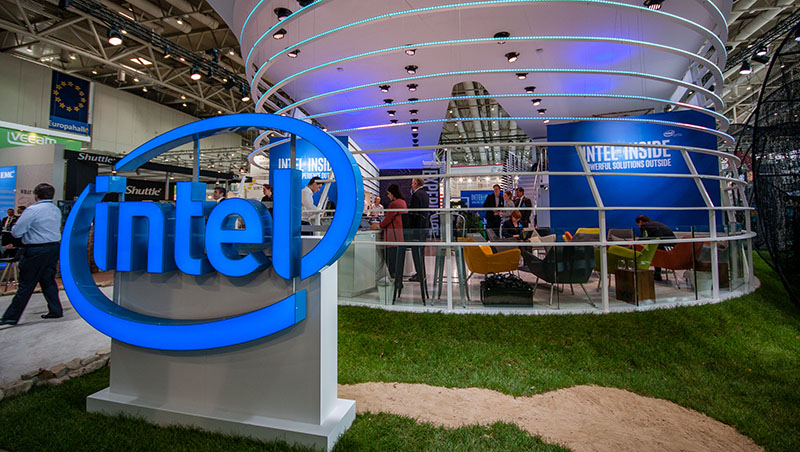 Intel has hit a “major breakthrough” in quantum computing
Intel has hit a “major breakthrough” in quantum computingNews The CES 2018 keynote covered quantum computers, self-driving cars and a self-learning AI chip
By Alan Martin
